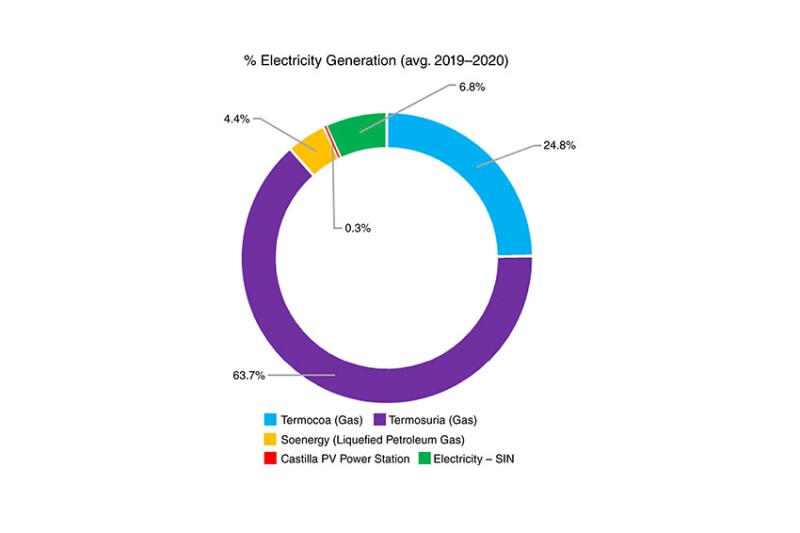Chichimene 是哥伦比亚东部的一个油田。自 2014 年以来,该油田部分区域已成功实施了使用注水工艺的提高采收率 (EOR)。在五种注入模式中进行了聚合物注入试验,以优化该工艺,这是在高温和重油等具有挑战性的油藏条件下基于聚合物的 EOR 的一种有前途的策略。
田野背景
哥伦比亚的能源转型战略包括 EOR 技术,该技术通过加速石油生产(即使能耗较低),提高传统石油生产工艺的效率和碳强度。文献中的几项研究报告称,使用热法和化学法实施 EOR 可以改善能源和碳指标。

Chichimene 是哥伦比亚东部的一个油田。自 2014 年以来,该油田部分区域已成功实施了使用注水工艺的提高采收率 (EOR)。在五种注入模式中进行了聚合物注入试验,以优化该工艺,这是在高温和重油等具有挑战性的油藏条件下基于聚合物的 EOR 的一种有前途的策略。
哥伦比亚的能源转型战略包括 EOR 技术,该技术通过加速石油生产(即使能耗较低),提高传统石油生产工艺的效率和碳强度。文献中的几项研究报告称,使用热法和化学法实施 EOR 可以改善能源和碳指标。

Chichimene is an oil field in eastern Colombia. Since 2014, enhanced oil recovery (EOR) using a water-injection process has been performed successfully in part of this field. A polymer-injection pilot was executed over five injection patterns to optimize this process as a promising strategy for polymer-based EOR in challenging reservoir conditions with high temperatures and heavy oil.
Included in Colombia’s energy-transition strategy are EOR technologies that, through the acceleration of oil production even with low energy consumption, increase the efficiency and carbon intensity of conventional oil-production processes. Several studies in the literature have reported improved energy and carbon indicators as a result of implementing EOR using thermal and chemical methods.
